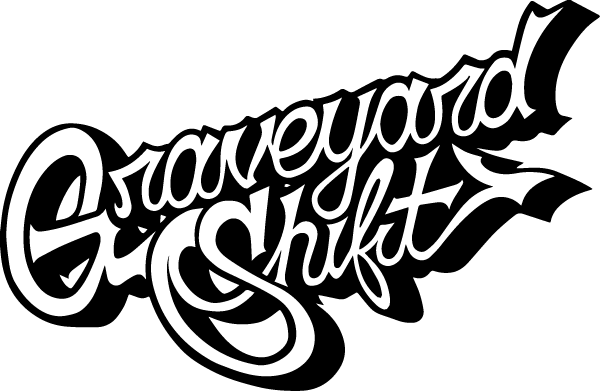Top Concerns for Fashion Executives in 2023: US Economy, Forced Labor
In an ever-evolving global landscape, the fashion industry faces a myriad of challenges that require swift adaptation and strategic planning. As we delve into 2023, two predominant concerns have surfaced for fashion executives: the state of the US economy and the enduring risks of forced labor. Let’s explore these pressing issues and their potential impact on the fashion sector.
The US Economy: Navigating Uncertainty
The uncertain trajectory of the US economy has been a focal point for fashion executives. Predictions vary, but several factors are contributing to these economic uncertainties, which, in turn, impact fashion brands and retailers.
Inflation and Consumer Spending
Inflation rates have surged to levels not seen in decades, placing significant pressure on consumer spending habits. As the cost of living rises, disposable income shrinks, leading to a decrease in non-essential purchases. The fashion industry, which heavily relies on consumer spending, finds itself at a crossroads.
- Rising Costs: Production and material costs have increased, potentially leading to higher prices for consumers.
- Shifts in Demand: Consumers may prioritize necessities over luxury items, impacting high-end fashion brands.
Supply Chain Disruptions
The aftermath of the COVID-19 pandemic continues to reverberate through global supply chains. Delays, shortages, and increased shipping costs create bottlenecks, impacting product availability and timelines.
- Raw Material Shortages: Difficulties in obtaining essential materials can delay production schedules.
- Logistical Challenges: Ports and shipping routes face congestion, further complicating timely deliveries.
Adapting to Economic Changes
Fashion executives are urged to adopt proactive measures to mitigate these economic challenges:
- Diversification of Supply Chains: Exploring alternative suppliers and manufacturing locations can reduce dependency on a single source.
- Cost Management Strategies: Implementing efficient cost-control measures, such as optimizing inventory and leveraging technology, can help maintain profitability.
- Consumer Engagement: Innovating marketing strategies to connect with consumers on a personal level can enhance brand loyalty during turbulent times.
Forced Labor: Ethical Imperatives and Compliance
The scourge of forced labor remains a significant concern for fashion industry leaders. As global scrutiny intensifies, companies are under pressure to ensure their supply chains are free from unethical labor practices.
Regulatory Actions and Oversight
Governments worldwide, particularly in the US, have tightened regulations to combat forced labor, compelling fashion companies to adhere to stringent compliance standards.
- The Uyghur Forced Labor Prevention Act: A recent US law prohibits the importation of goods produced with forced labor from China's Xinjiang region.
- Increased Audits: Fashion brands can expect more frequent and thorough inspections of their supply chains.
Consumer Awareness and Brand Reputation
Consumers today are more informed and socially conscious. They demand transparency and ethical practices from the brands they support.
- Brand Scrutiny: Companies associated with forced labor risk damaging their reputation and losing consumer trust.
- Sustainability Expectations: Ethical sourcing and sustainability have become crucial for long-term success.
Steps Towards Ethical Compliance
Fashion executives can take actionable steps to ensure their operations are ethically sound:
- Supplier Audits: Regular and comprehensive audits of suppliers can uncover and address forced labor issues.
- Collaboration and Transparency: Working with third-party organizations and maintaining transparent practices can build consumer trust.
- Employee Training: Educating staff about ethical sourcing and the importance of human rights in the supply chain can reinforce company values.
Strategic Adaptation: The Path Forward
As fashion executives navigate the complexities of the US economy and forced labor risks, a balanced approach is essential. Innovations in technology, adaptive strategies, and a commitment to ethical practices will be paramount.
Technology and Innovation
Embracing technology can streamline operations and enhance efficiency:
- AI and Data Analytics: Leveraging data to predict trends and optimize supply chain operations.
- Blockchain Technology: Ensuring transparency and traceability in the supply chain to combat forced labor.
Corporate Social Responsibility (CSR)
Integrating CSR into the core strategy can strengthen ethical standards:
- Community Engagement: Initiating social projects and partnerships to improve labor conditions globally.
- Green Initiatives: Focusing on sustainability efforts to align with consumer values.
Resilience and Adaptability
Fashion executives must be resilient and adaptable to thrive in these challenging times:
- Agile Business Models: Adopting flexible business models that can quickly adjust to market changes.
- Continuous Learning: Staying informed about global trends and regulatory changes to make strategic decisions.
In conclusion, while the concerns of the US economy and forced labor present significant challenges for fashion executives, they also offer opportunities for growth and improvement. By adopting strategic measures, embracing technology, and committing to ethical practices, the fashion industry can navigate these turbulent waters and emerge stronger and more resilient.
```
